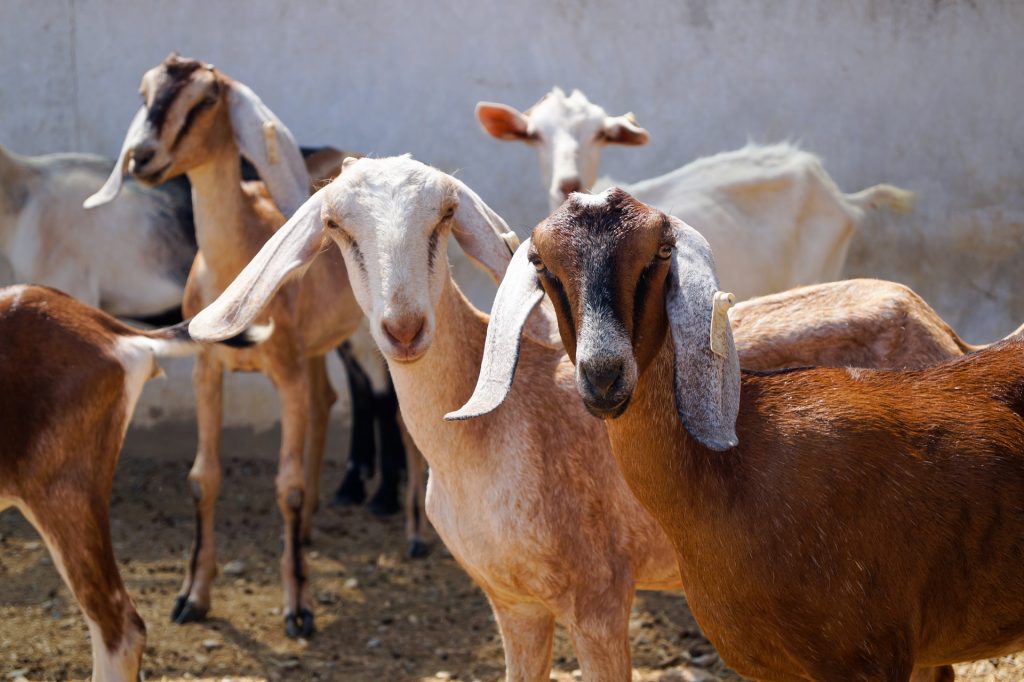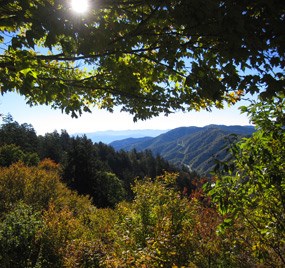Best, Fun & Cheap Things To Do, Attractions & Activities in Great Smoky Mountains Tennessee
The Great Smoky Mountains are a mountain range that runs along the Tennessee-North Carolina border. The name is often shortened to The Smokies. The most common place to visit in these mountains is the Great Smoky Mountain National Park, established in 1934. The name comes from the way Cherokees, who were native to the region, referred to them. They called them the Shaconage, or “the place of blue smoke” which many believe refers to the fog that collects and hangs near the mountains in the early morning hours.
Although the Great Smoky Mountain National Park does not have any permanent residents, towns in the area have around 30,000 people who live there permanently. There are, on average, about 12 million visitors to the area each year.
Elevations in the park range from around 900 to over 6,600 feet which can greatly impact the weather. Temperatures can vary 10 to 20 degrees Fahrenheit (5 to 9 degrees Celsius) from the base of the mountain to the top. Clear skies at the base of the mountain do not necessarily mean clear skies as you climb. There is an average of 55 inches of rain annually in lower areas and about 85 inches at the highest point. In winter, it is not unusual to have warm weather at low elevations and snow at higher peaks. The most snow falls in January and February.
The closest airport to the Great Smoky Mountains is McGhee Tyson Airport in Knoxville, Tennessee, which is about an hour and a quarter from the area. Asheville Regional Airport is larger than the one in Knoxville and is about the same distance from the area.
Crimes do occur in the Great Smoky Mountains, but most crime is limited to the towns that surround the park. Crimes are often property crimes, such as theft, burglary and auto theft although there are some violent crimes as well.
The Great Smoky Mountains are absolutely beautiful and most of the area is quiet, peaceful, and filled with wildlife. There are areas that offer activities specifically for tourists, such as amusement parks, live theater, and more, but most of the area is rural with a focus on ecology, wildlife protection, and land management.

















































